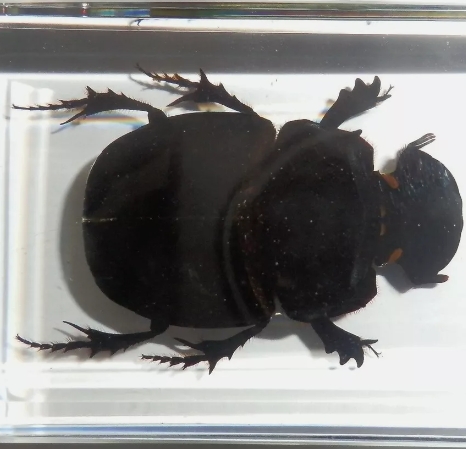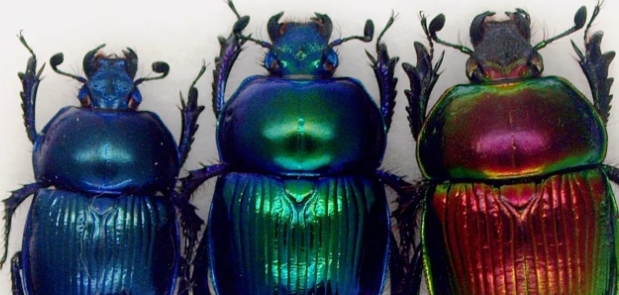Dung beetles, also known as dung beetles, are an important member of the order Beetle and are widely distributed throughout the world. Dung beetles are best known for their ability to roll animal waste into balls for storage and reproduction. Dung beetles not only play an important role in the ecosystem, they are able to clean up and recycle nutrients, but also promote soil fertility and water retention.
Dung beetle specimens are important materials for studying the biological characteristics and ecological functions of this insect. By observing the beetles' shape, colour and behaviour, scientists can learn about their ability to adapt to their environment and their role in the ecosystem. There is also scientific rigor involved in the preparation of specimens, which are usually collected, fixed, dried, and classified and recorded according to certain standards.
In addition, dung beetle specimens are of great importance in the field of education, helping students and researchers gain a deeper understanding of insect diversity and ecological functions. In terms of biodiversity protection, the existence of dung beetles can also reflect the health of the ecological environment. Therefore, the study of dung beetle specimens not only enriches the biological knowledge system, but also provides a scientific basis for the protection of the ecological environment.




